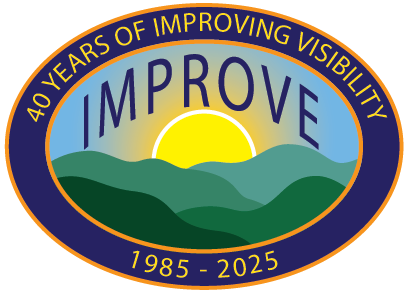Southeastern Aerosol and Visibility Study (SEAVS)


Background
The Southeastern Aerosol and Visibility Study (SEAVS) was conducted from July 15, 1995 through August 25, 1995 in Great Smoky Mountains National Park, the most visited of our national parks. This national park, in the states of North Carolina and Tennessee, encompasses 800 square miles of which 95 percent are forested. World renowned for the diversity of its plant and animal resources, the beauty of its ancient mountains, the quality of its remnants of Southern Appalachian mountain culture, and the depth and integrity of the wilderness sanctuary within its boundaries. It is one of the largest protected areas in the east, and it draws more than 9 million adventurers and sightseers each year.
Great Smoky Mountains National Park protects one of the most diverse ecosystems on the planet, a place that supports more than 4,000 species of plants, 130 trees, 65 mammals, 230 birds, and more species of salamanders than are found anywhere else on earth. Congress established the park in 1934, and its importance is now recognized around the world as an International Biosphere Reserve and World Heritage Site.
The SEAVS study was a collaborative effort between several universities, consulting firms, the Electric Power Research Institute (EPRI), and the National Park Service (NPS).
The overall objectives of this National Park Services research effort was to:
- Better understand the physical, chemical, and overall optical characteristics of the ambient aerosol under the humid conditions observed in the southeastern United States during the summer months and how these characteristics related to visibility issues
Specific technical objectives were to:
- Document the intensity of haze and estimate the contributions of scattering and absorption components to the total light extinction.
- Compare the chemical composition data from the IMPROVE sampler with data from other sampling systems.
- Document the chemical composition of the aerosol and identify each components contribution to fine mass.
- Document the aerosol size distribution, how the distribution changes in time, and how these changes impact scattering efficiencies.
- Measure the hygroscopic properties of the ambient aerosol and compare measured water uptake to theoretical model predictions.
Reports
Final Report: SEAVS: Southeastern Aerosol and Visibility Study

